I spent the last week in the city of Napier, here in New Zealand.
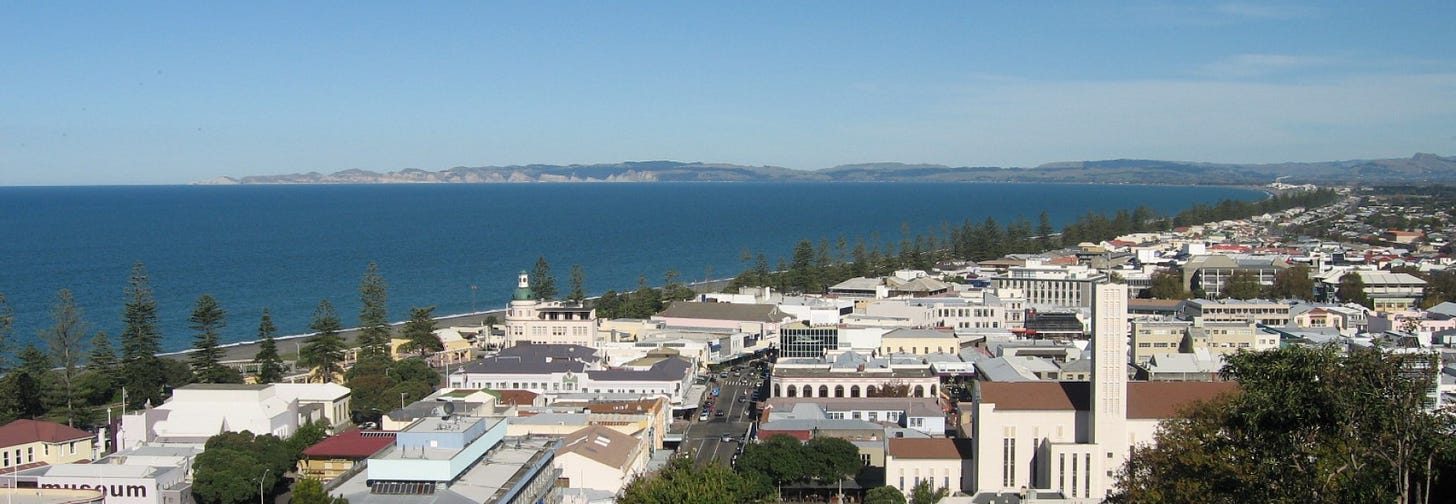
New Zealand is in this surreal, dreamlike situation. On August 9, the Ministry of Health declared 100 consecutive days without local coronavirus cases. The only cases in the country came from people traveling into New Zealand from other countries.
However, a new cluster of cases was discovered a week ago and the city of Auckland went into lockdown with a Level 3 alert. The rest of the country is on Level 2, which means that most places are still open—schools, businesses, restaurants, and hotels.
While staying at my hotel in Napier, a hotel employee told me that things were understandably slower because of the coronavirus. Typically, there would be busloads of Chinese tourists coming to stay at the hotel but now there are none.
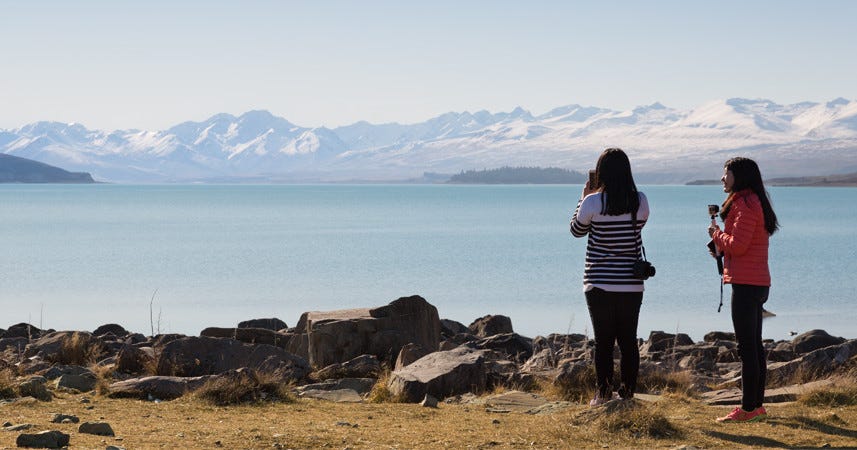
Tourism is New Zealand’s biggest export industry, contributing to 20% of total exports. The biggest source of New Zealand tourists come from Australia, followed by China, followed by the US.
To deal with this gap in tourists because of the coronavirus, New Zealand’s travel industry had tried using technology to solve their challenges.
In June, Tourism New Zealand hosted a two-hour livestream of penguins hanging around the Christchurch International Antarctic Centre. The livestream was hosted on Chinese app Weibo and 1.6 Million viewers tuned in to see the penguins.
Two professional travel influencers Xiaomo and Ahou have partnered with Tourism New Zealand on a series of New Zealand-themed livestreams on Weibo. Travel companies all around the world are experimenting with livestreaming.
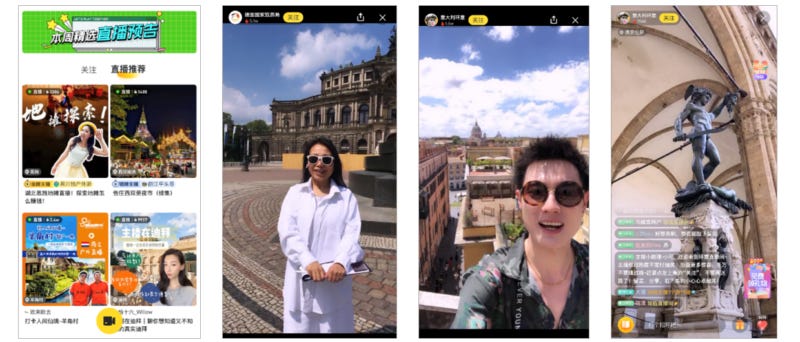
The purpose of these livestreams is to entertainment, inform, and hopefully make a sale. You could reach more Chinese people virtually vs. physically. So could you also make more money virtually vs. physically?
Last year, New Zealand Tourism partnered with Viya, China’s biggest livestreamer, who flew to Auckland to showcase a host of local goods. Within a four hour livestream where she reached 10 Million Chinese viewers, Viya sold $30 Million worth of New Zealand products including skin cream, honey, and cereal.
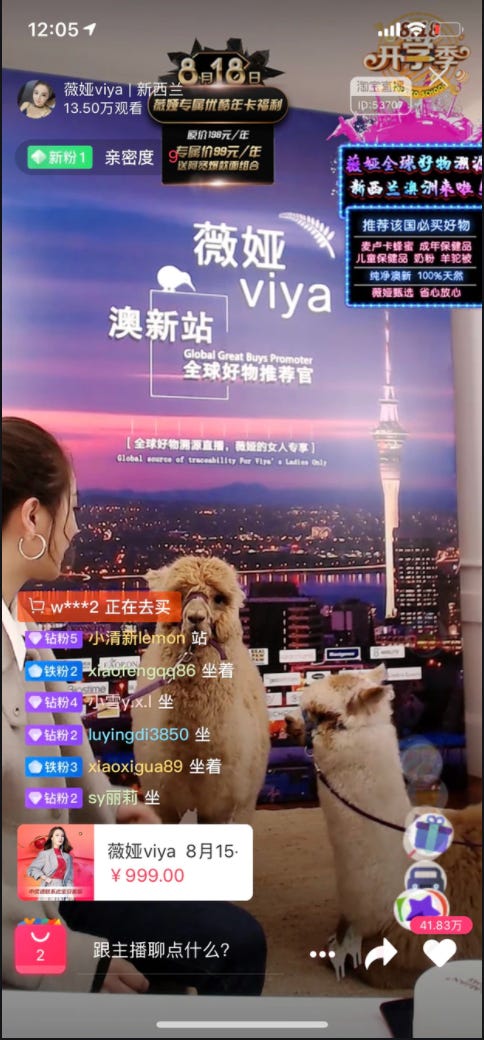
And China is New Zealand’s largest trade partner. In 2008, New Zealand became the first OECD country to sign a free trade agreement with China, which still exists today. On top of tourism, China receives goods from New Zealand in industries such as dairy, wood, and meat.
The interests of this small island nation may not create earthquakes on the global stage, but it can carve out a profitable niche for buyers and tourists from China. While New Zealand can’t welcome Chinese tourists, the internet still allows you to connect with Chinese buyers.
In the meantime, hotels around the country will have to rely on domestic tourism.
This Week’s Most Popular Update:




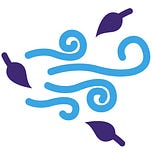









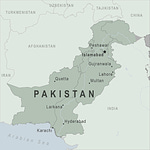
Share this post